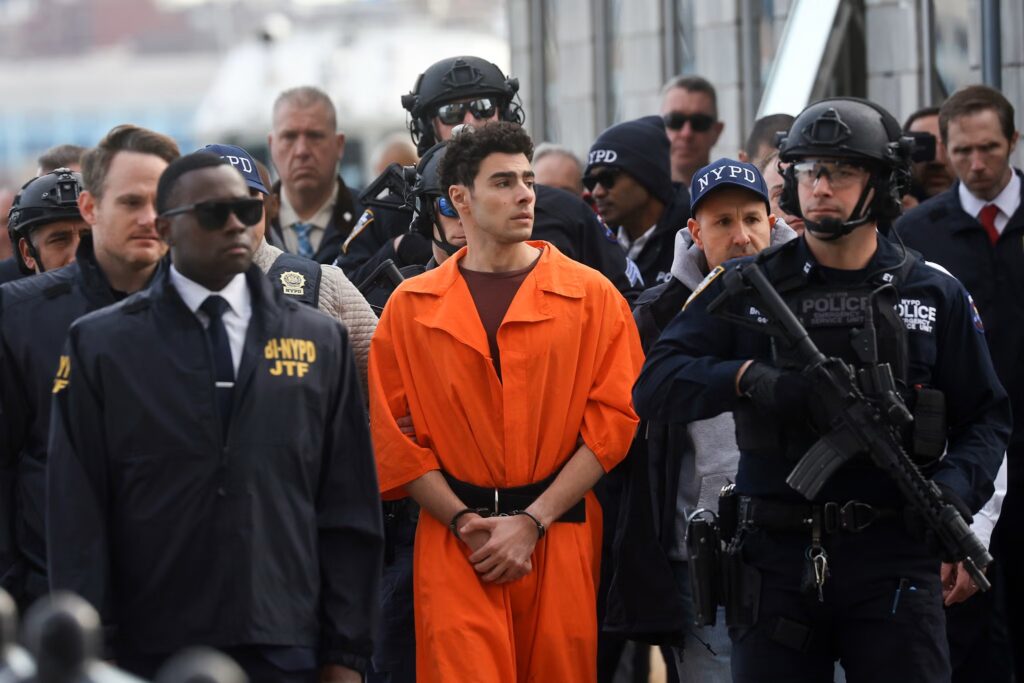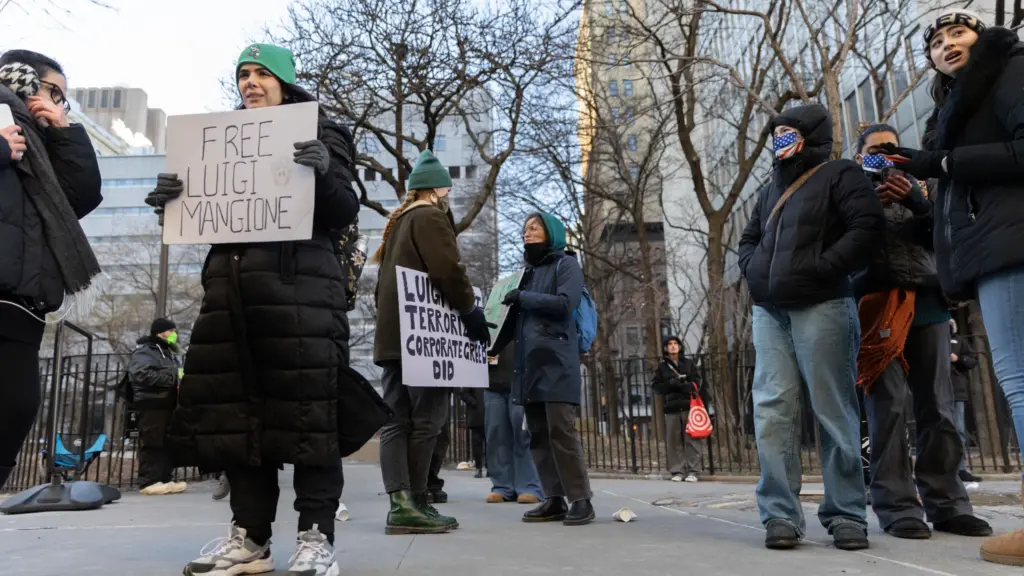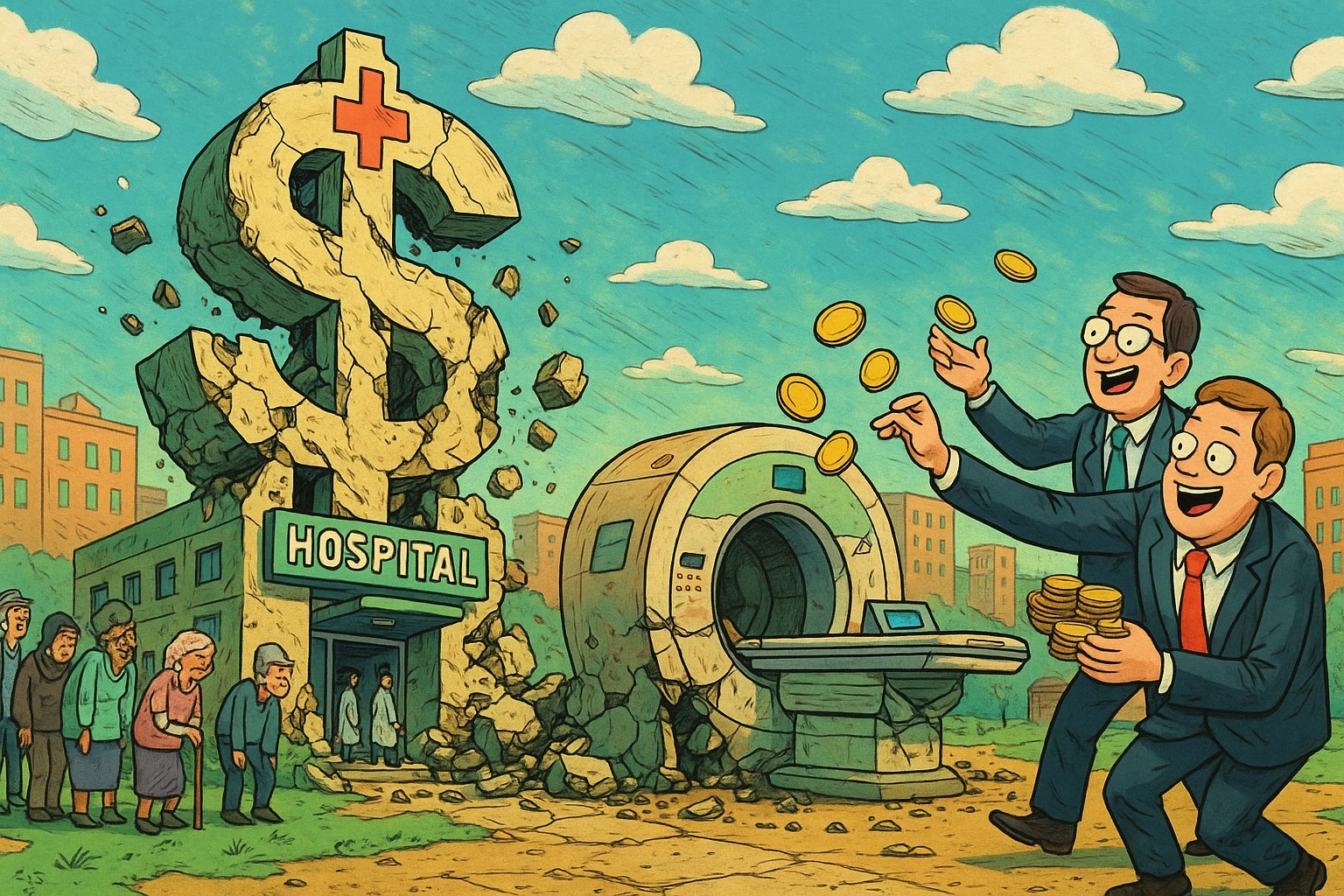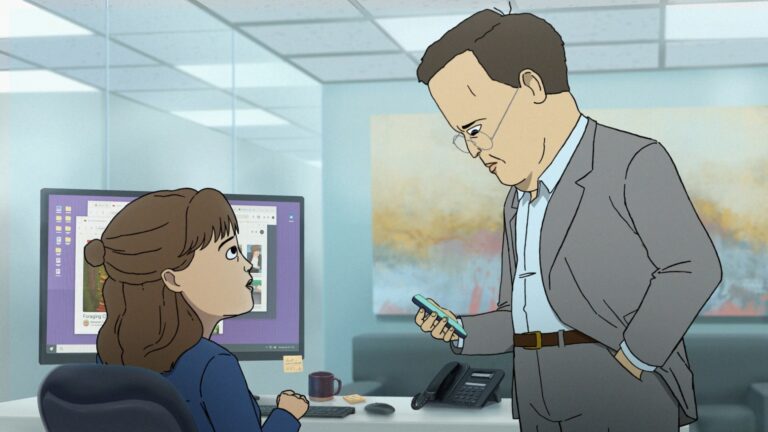When Fiction Mirrors Reality…
A Plot Twist Too Wild Even for Adult Swim?
If you thought Common Side Effects was a little too on-the-nose about America’s healthcare mess, think again. Real life just threw a curveball no screenwriter could have scripted better. Meet Luigi Mangione — a 26-year-old Ivy League whiz kid who allegedly gunned down UnitedHealthcare CEO Brian Thompson in December 2024.

Yes, you read that right.
Mangione’s story exploded into national headlines faster than a bad prescription drug recall. And weirdly, it echoes the same nerve-rattling themes that Common Side Effects has been hammering home with its trippy satire. Even the show’s creators, Joe Bennett and Steve Hely, couldn’t help but point out the eerie overlap.
“It touches the same nerve,” they said. And boy, it really does.
Breaking Down the Mangione Mayhem
First, let’s unpack the facts before the drama gets too thick.
- December 4, 2024: Brian Thompson is fatally shot outside a swanky New York hotel.
- Days later: Authorities nab Mangione in rural Pennsylvania, stashed away with a 3D-printed gun, a stack of fake IDs, and a wild healthcare manifesto.
- April 2025: Mangione pleads not guilty to federal murder charges. Meanwhile, prosecutors seek the death penalty — a move so rare in Manhattan, it hasn’t happened in 70 years.
It’s the kind of story that practically begs for a Netflix docuseries, complete with moody voiceovers and ominous piano music.
But here’s where things get really interesting. Mangione’s manifesto didn’t just complain about hospital bills or bad customer service. No, he railed against the entire U.S. healthcare system, calling it corrupt, exploitative, and utterly broken.
Sound familiar? That’s basically the entire thesis of Common Side Effects.
Common Side Effects: Satire, or a Mirror?
If you’ve been tuning in to Common Side Effects, you already know the show doesn’t exactly tiptoe around its feelings on healthcare. It kicks the door open, shouts into the void, and then sets the whole building on fire for good measure.
The series follows a scrappy underdog who discovers a magic mushroom capable of curing anything. Instead of applause and Nobel prizes, he faces Big Pharma hit squads, government goons, and an endless parade of bureaucratic nightmares.
The villains aren’t dragons or evil wizards; they’re slimy executives and soulless institutions. In this world, the real monster is the system itself.
Joe Bennett and Steve Hely make it crystal clear: the healthcare industry, obsessed with profits, couldn’t care less about actually healing people. And as surreal as that sounds, the Mangione case seems to shout the same message — only louder, angrier, and tragically bloodier.
Twinning: Mangione and Common Side Effects
The parallels are honestly hard to miss. Let’s spell it out:
- Healthcare as Villain: In both stories, healthcare isn’t a savior — it’s the enemy.
- Rebel vs. Machine: Mangione, like the show’s hero, represents one person taking on a monstrous system.
- Public Outrage: The polarized reactions — some cheering, some horrified — mimic the kind of audience split you’d expect after a wild Common Side Effects episode.
Of course, there’s one huge, uncomfortable difference. In the real world, there’s no animated credits scene. No dark joke to ease the sting. Just a dead CEO, a man facing the death penalty, and a country asking itself some very hard questions.
Fans, Followers, and Protesters: The Luigi Effect
Now, if you thought this story couldn’t get any weirder, think again. Outside courtrooms, mobs of supporters — some calling themselves “Luigi Girls”— have been rallying like it’s a pop concert.
Some camp overnight just to catch a glimpse of Mangione being transported to and from hearings. They’re holding signs, singing songs, and treating him like a twisted kind of folk hero. It’s part true crime circus, part political rally, part tragic sideshow.

Critics, meanwhile, aren’t holding back either. They argue that glorifying violence, no matter the motive, sets a terrifying precedent.
The energy outside those courthouse doors feels eerily similar to the fanbase buzzing around Common Side Effects. Only this time, the stakes are heartbreakingly real.
The Death Penalty Drama
The Justice Department’s decision to seek the death penalty has stirred up even more controversy. Attorney General Pam Bondi, a Trump-era appointee, doubled down on a “tough-on-crime” message, emphasizing that murder — even motivated by righteous anger — must face the highest punishment.
Mangione’s defense team, unsurprisingly, sees it differently. They argue the government is “defending corruption with state-sponsored murder,” turning a blind eye to the systemic rot that Mangione sought to expose.
So now, the question isn’t just whether Mangione pulled the trigger — it’s whether he deserves to live or die because of it.
All this is unfolding in a media environment hyper-charged by Common Side Effects. It’s almost impossible to separate the two conversations anymore.
So… Are We the Baddies?
When the lines between satire and reality blur this badly, you have to stop and wonder: have we become the cartoon?
In Common Side Effects, the villains are clear because they’re cartoonishly awful. In real life, things are murkier.
UnitedHealthcare undoubtedly rakes in billions. It’s been slammed in the past for shady practices. But murder? That’s no punchline. It’s heartbreak, plain and simple.
And yet, you can’t ignore the deep, gnawing anger that Mangione tapped into — the same anger Common Side Effects splashes across the screen every week.
Both the show and the Mangione case leave us grappling with uncomfortable questions. How broken does a system have to be before someone snaps? When does protest become crime? And most chilling of all: if nothing changes, what happens next?
In a world where truth feels stranger than animation, maybe the scariest part is realizing that Common Side Effects wasn’t exaggerating after all.




